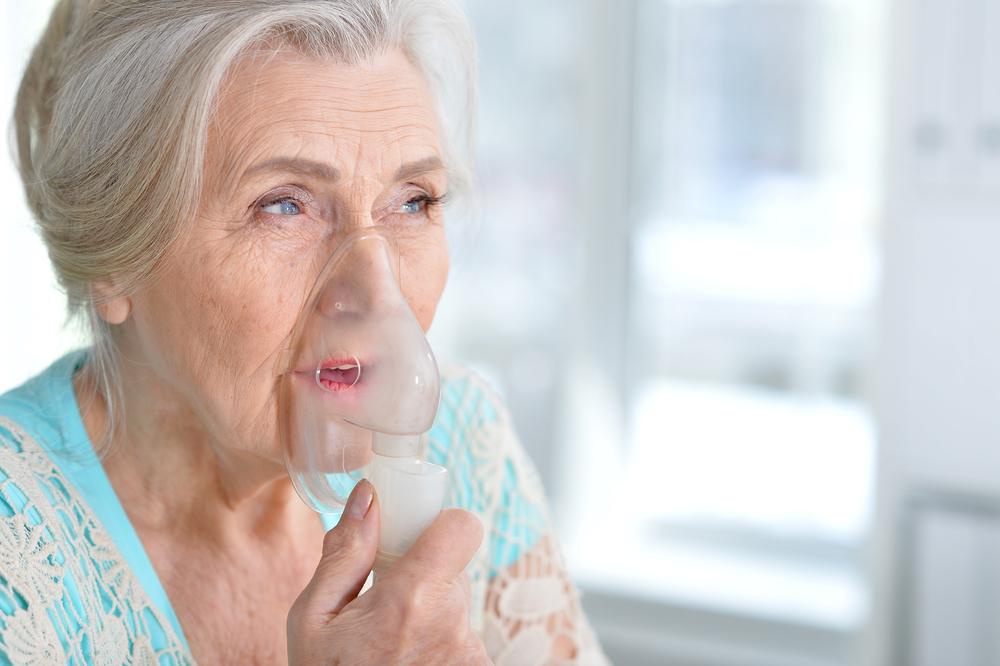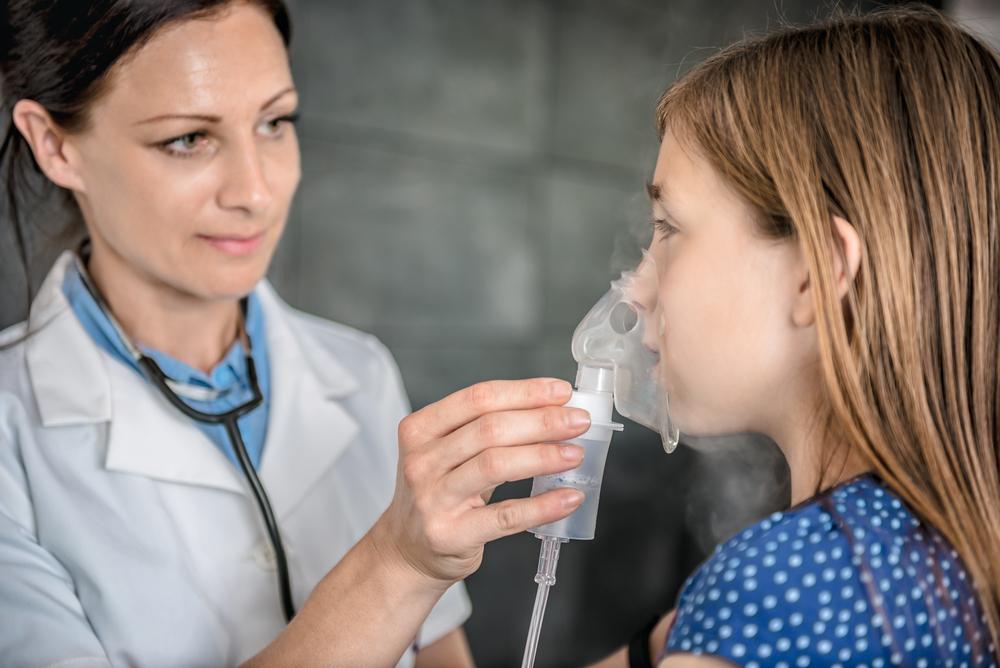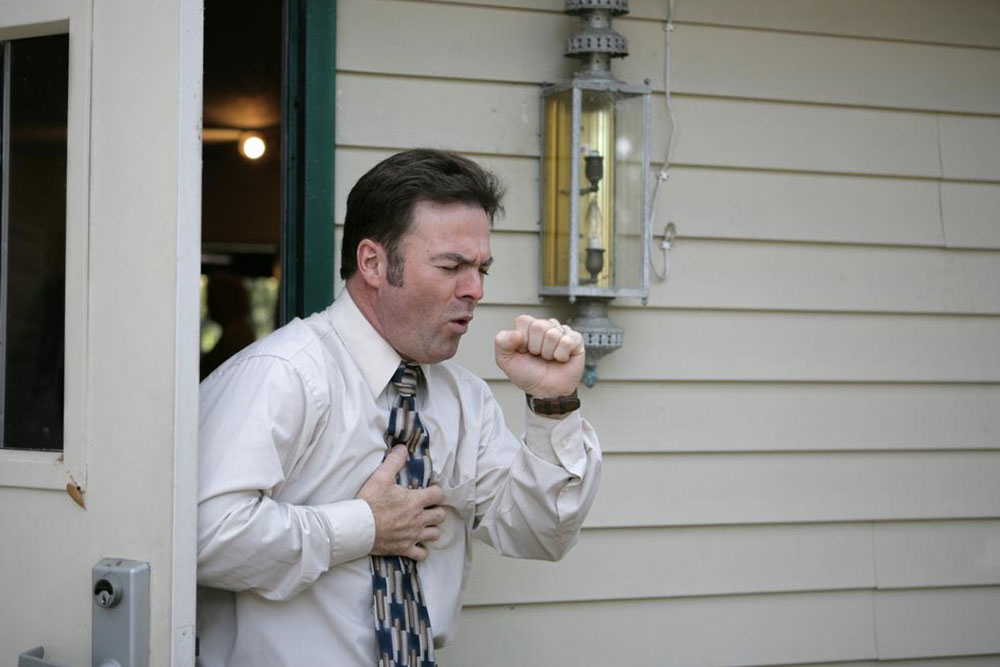Ultimate Guide to Different Portable Oxygen Concentrator Options
This comprehensive guide details various portable oxygen concentrator models, highlighting their key features and specifications. Suitable for users with intermittent or continuous oxygen needs, these devices enhance mobility and independence. From lightweight options to models with extended battery life, learn how to choose the right POC for your health requirements. Always consult with healthcare providers before making a selection. A detailed overview of popular brands and their standout features ensures informed decision-making and improved quality of life for oxygen therapy users.

Exploring Various Types of Portable Oxygen Devices
Millions worldwide struggle with low oxygen levels, a condition called hypoxia, requiring supplemental oxygen therapy. Portable oxygen concentrators (POCs), introduced in the early 2000s, have revolutionized mobility and convenience for users needing oxygen support.
These devices are vital for managing hypoxia, allowing users to carry and operate oxygen sources seamlessly while on the move.
Different models are designed to meet occasional or continuous oxygen needs. Their features and specifications are key to optimal selection. Below is an overview of popular POCs with their main characteristics.
AirSep Lineup
The AirSep collection includes Focus, Freestyle 3, and Freestyle 5. The lightweight Focus weighs only 1.75 pounds, powered by dual lithium batteries, and uses pulse dose technology, lasting approximately 3 hours per charge. The Freestyle 5 is heavier at 6.7 pounds, with five pulse flow settings, offering battery life between 1.25 and 4.25 hours. The smaller Freestyle 3 weighs 4.9 pounds, with a 3.5-hour battery life. All are FAA approved and come with a 3-year warranty.
DeVilbiss iGo
This portable device combines pulse dose and continuous flow modes. Weighing 19 pounds with the battery, it provides up to 3 hours at pulse setting 6 and 5 hours at setting 1. Continuous operation varies from 1.6 to 4 hours depending on the pressure setting. Note: it is not FAA approved.
Inogen Series
The Inogen lineup includes five models: G2 Portable, G2 with 24-cell battery, G3 Portable, G3 with 16-cell battery, and G4 Portable. Most models utilize pulse dose technology, except the G2 with 24-cell battery, which features pulse flow. The G2 Portable weighs 7 pounds with a 4-hour battery life, whereas the G2 with 24 cells weighs 8.23 pounds with an 8-hour capacity. The G3 series is lightweight, between 4.9 and 5.7 pounds, with 8-hour battery support. All are FAA approved and backed by a 3-year warranty.
LifeChoice ActivOx Pro 4L
Weighing just 4.8 pounds, this model supports pulse dose delivery and provides up to 10 hours of operation. Recharge times are 4 hours internally and 2 hours with external batteries. It is FAA certified with a 3-year warranty.
Invacare Selections
The Platinum Mobile portable oxygen device weighs around 4.8 pounds, offering 8 hours of battery life with water-resistant features. The XPO2 model uses pulse dose mode with a 5-hour runtime and weighs around 7 pounds.
GCE Options
GCE Healthcare's Zen-O and Zen-O Lite are notable models. Zen-O weighs about 10.25 pounds, with 8 hours of battery life and both pulse and continuous flow. Zen-O Lite is lighter at 5.5 pounds, supporting 4 hours of operation with pulse dose.
Respironics Lineup
Respironics offers the SimplyGo and SimplyGo Mini. The standard SimplyGo weighs 10 pounds and has a 3-hour battery life with both modes. The Mini version is dedicated to pulse dose support, lasting approximately 4.5 hours.
SeQual Series
SeQual introduces the eQuinox and Eclipse 5 models, both supporting pulse and continuous flow. The eQuinox weighs between 14 and 15.5 pounds with a battery life of 2.5 to 5.7 hours, while the Eclipse 5 weighs 18.4 pounds with a 5-hour battery. These options serve various mobility needs.
When selecting a portable oxygen concentrator, review each model's features carefully and consult your healthcare provider to ensure the best choice for your health and lifestyle.


